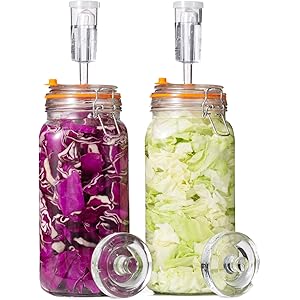Understanding Brettanomyces Infection in Wine
Brettanomyces, often referred to as “Brett,” is a genus of yeast that can significantly impact the flavor profile of wine. While some winemakers embrace its characteristics, others view Brettanomyces infection in wine as a flaw. This yeast can produce various volatile phenols, which may impart aromas reminiscent of barnyard, leather, or medicinal qualities. Understanding the implications of Brettanomyces is crucial for both producers and consumers.
Causes of Brettanomyces Infection in Wine
Brettanomyces infection in wine typically occurs during the fermentation process or in the aging phase. The yeast thrives in environments with low sulfur dioxide levels and can be introduced through contaminated equipment, barrels, or even the grapes themselves. Factors such as high pH and residual sugar content can also promote its growth, making it essential for winemakers to monitor these conditions closely.
Identifying Brettanomyces Infection in Wine
Detecting Brettanomyces infection in wine involves sensory evaluation and laboratory analysis. Winemakers often rely on their sense of smell and taste to identify off-flavors associated with Brett. Common descriptors include “horse blanket,” “band-aid,” and “smoky.” Additionally, laboratory tests can quantify the presence of Brettanomyces and its byproducts, providing a more objective assessment of the infection’s severity.
Impact of Brettanomyces on Wine Quality
The impact of Brettanomyces infection in wine can vary widely. In some cases, it can add complexity and depth, enhancing the wine’s character, especially in certain styles like rustic reds. However, excessive Brett can lead to undesirable flavors that overwhelm the wine’s intended profile, resulting in a product that may be deemed flawed. Understanding the balance between beneficial and detrimental effects is vital for winemakers.
Preventing Brettanomyces Infection in Wine
Preventing Brettanomyces infection in wine requires diligent sanitation practices throughout the winemaking process. This includes thorough cleaning of equipment, regular monitoring of sulfur dioxide levels, and careful management of fermentation conditions. Additionally, using sterile filtration methods and ensuring proper barrel maintenance can help mitigate the risk of Brettanomyces contamination.
Get more content like this!
Sign up to receive updates and new terms first hand.
Managing Brettanomyces Infection in Wine
If Brettanomyces infection in wine is detected, winemakers have several management strategies at their disposal. Options include blending affected wines with those that are free from Brett, using fining agents to reduce volatile phenols, or even employing specific yeast strains that can outcompete Brettanomyces. Each approach requires careful consideration of the wine’s overall quality and desired characteristics.
Consumer Perception of Brettanomyces in Wine
Consumer perception of Brettanomyces infection in wine is often polarized. Some wine enthusiasts appreciate the complexity that Brett can bring, while others may find its presence off-putting. Education plays a crucial role in shaping consumer attitudes, as understanding the nuances of Brett can lead to a more informed appreciation of wines that exhibit its characteristics.
Regulatory Standards for Brettanomyces in Wine
Regulatory standards regarding Brettanomyces infection in wine vary by region. Some wine-producing countries have established limits on the acceptable levels of Brettanomyces and its byproducts. Compliance with these regulations is essential for winemakers to ensure their products meet market expectations and maintain consumer trust.
Future Trends in Brettanomyces Research
Ongoing research into Brettanomyces infection in wine continues to evolve, focusing on its genetic makeup, behavior, and potential applications in winemaking. As the industry seeks to balance tradition with innovation, understanding Brettanomyces will remain a critical area of study. Future trends may include the development of targeted treatments and preventive measures that enhance wine quality while preserving the unique characteristics that Brett can offer.
Conclusion: The Dual Nature of Brettanomyces
Brettanomyces infection in wine embodies a dual nature, capable of both enhancing and detracting from the wine experience. As winemakers navigate the complexities of this yeast, a deeper understanding of its behavior, impact, and management will be essential for producing high-quality wines that resonate with consumers.




